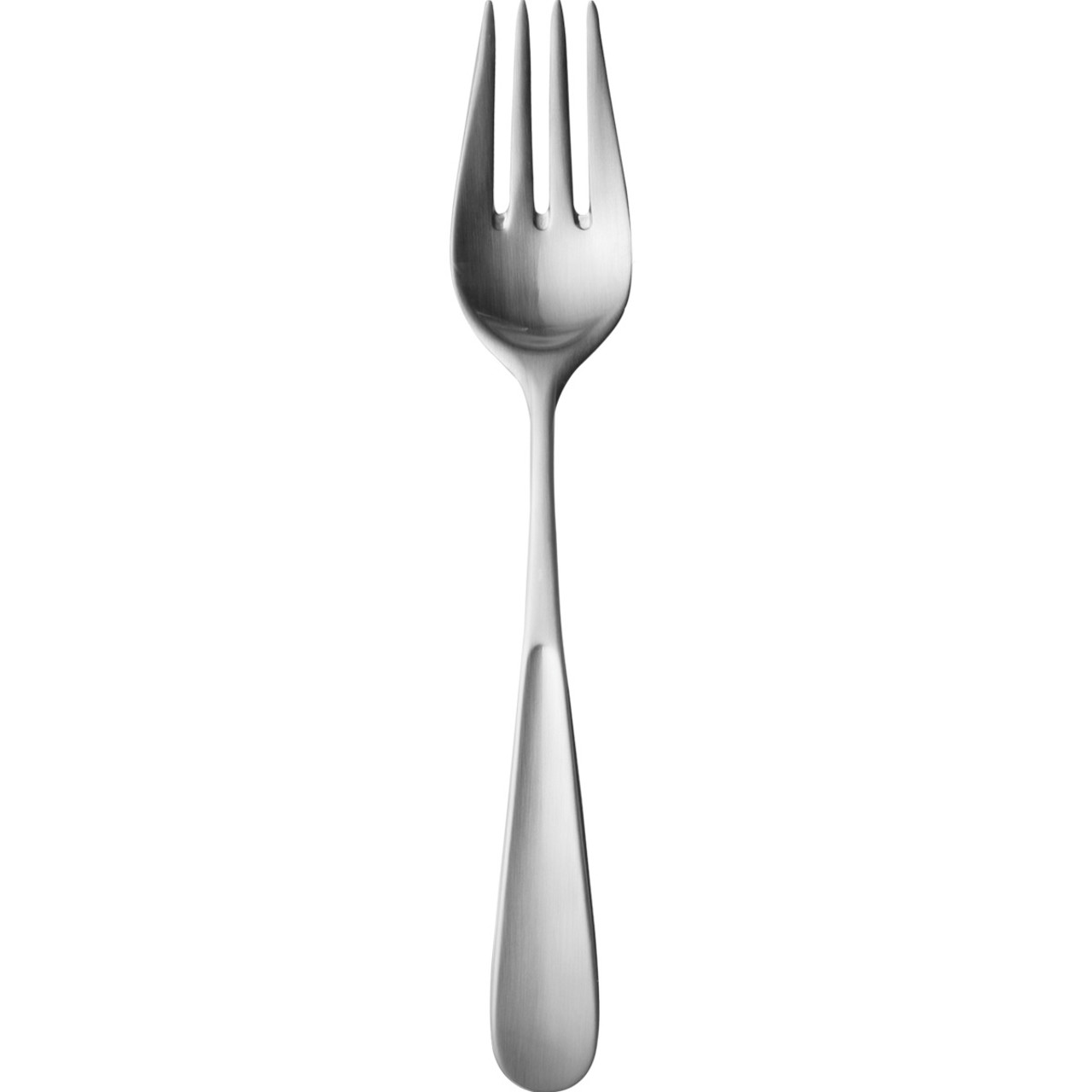The fork, a seemingly simple tool, has been an indispensable companion in the culinary world for centuries. Its evolution mirrors the development of human civilization, highlighting our changing relationship with food and dining practices. Today, the fork is not just a utensil; it symbolizes culture, etiquette, and the shared joy of meals.
A Brief History
The earliest known forks were two-pronged implements used by the ancient Egyptians and Greeks, primarily for serving food rather than for individual dining. It wasn’t until the Byzantine Empire that forks began to resemble the tools we know today. The introduction of the three-tined fork occurred in Italy during the 11th century, primarily among the nobility.
The fork’s popularity spread slowly through Europe. It faced resistance in some cultures, where fingers were the preferred method of eating. However, by the 16th and 17th centuries, the fork had gained a foothold, especially in Italy, France, and England. It became an essential part of formal dining etiquette, emphasizing refinement and social status.
Types of Forks and Their Uses
Understanding the different types can enhance one’s dining experience:
- Dinner Fork: Most used at meals.
- Salad Fork: Slightly shorter handle.
- Dessert Fork: Typically smaller, often with a more delicate design, for sweet treats.
- Fish Fork: Wider with a flatter shape, specifically crafted for delicate fish dishes.
- Carving Fork: Equipped with two long tines, this fork is used to hold meat steady while slicing.
The Fork in Modern Dining
In contemporary dining, the fork represents more than just functionality; it embodies cultural significance and etiquette. Different cultures have unique customs regarding the use of forks. For example, in many Western countries, it is common to hold the fork in the left hand while cutting food with a knife in the right. In contrast, some Asian cultures may prioritize chopsticks over forks, reflecting their culinary traditions and dining habits. Moreover, the fork has made its way into modern design and culinary arts. From elegantly crafted silverware to vibrant, playful designs, forks are available in a myriad of styles, allowing individuals to express their personality and taste through their dining experiences.
The fork, a humble utensil, has journeyed through time, adapting to cultural shifts and culinary advancements. It continues to play a vital role in our daily lives, serving not only as a tool for eating but also as a symbol of tradition and togetherness. Whether you’re enjoying a casual meal at home or indulging in a gourmet feast at a restaurant, the fork remains an essential part of our dining experience.
